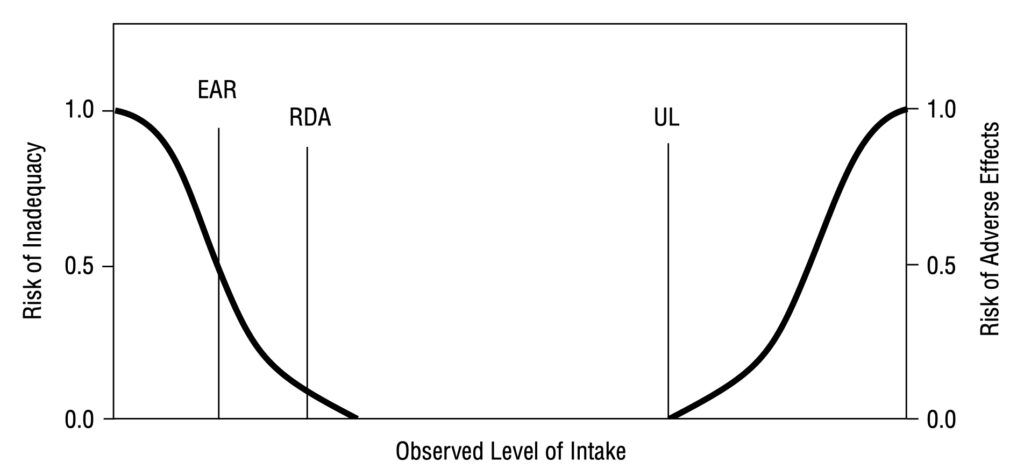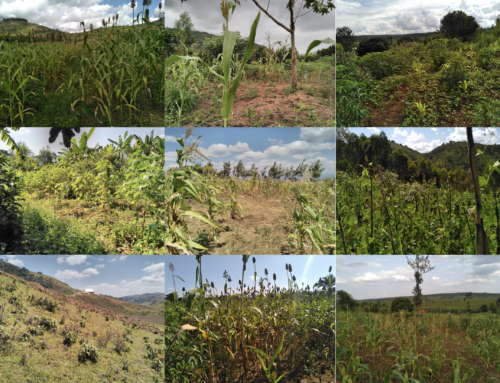DRIs are a set of nutrient intake recommendations established by the National Academies of Sciences, Engineering, and Medicine (NASEM) to guide healthy eating patterns for individuals in the United States and Canada. DRIs are based on scientific research and reflect the current state of knowledge about nutrient requirements and the relationship between nutrients and health. The purpose of DRIs is to provide guidance for the development of healthy eating patterns that promote optimal health and reduce the risk of chronic disease.
In addition, DRIs can be used to assess and plan diets for individuals, as well as to develop public health policies and programs. Overall, DRIs provide a comprehensive framework for understanding the nutrient needs of different population groups and can help individuals make informed decisions about their diets to support optimal health and well-being. DRIs consist of three main values:
- The Estimated Average Requirements (EARs) are the average daily nutrient intake levels that are estimated to meet the needs of half of the healthy individuals in a particular life stage and gender group.
- Recommended Dietary Allowances (RDAs) are the daily nutrient intake levels that are sufficient to meet the needs of nearly all individuals (97-98%) in a particular life stage and gender group.
- Tolerable Upper Intake Levels (ULs) are the highest daily nutrient intake levels that are likely to pose no risk of adverse health effects to almost all individuals in the general population.

Relationship between dietary reference and observed intakes (figure by: Institutes of Medicine, 2006)
DRIs are divided into different life stages and gender groups, including infants, children, adolescents, adults, and pregnant and lactating women. The DRIs for each nutrient can vary based on the specific life stage and gender group, as well as other factors such as physical activity, and body size. There are some important points about DRIs to keep in mind (Institutes of Medicine, 2006):
- DRIs apply to healthy people and do not pertain to those who are sick or malnourished or whose special circumstances may alter their nutrient needs.
- An individual’s requirement for a specific nutrient is unknown and can depend on numerous other factors.
- Using the DRIs for assessment and planning is most effective when conducted as a cyclical activity that comprises assessment, planning, implementation, and reassessment ).
Check your personal DRIs with the calculator kindly provided by OMNI Calculator … change the blue toggles to fit your personal profile. Note that this will provide your RDAs.




we should translate this into a survey-ready app in the near future
Will this be mobile ready?
yes dear it will be mobile-ready :)